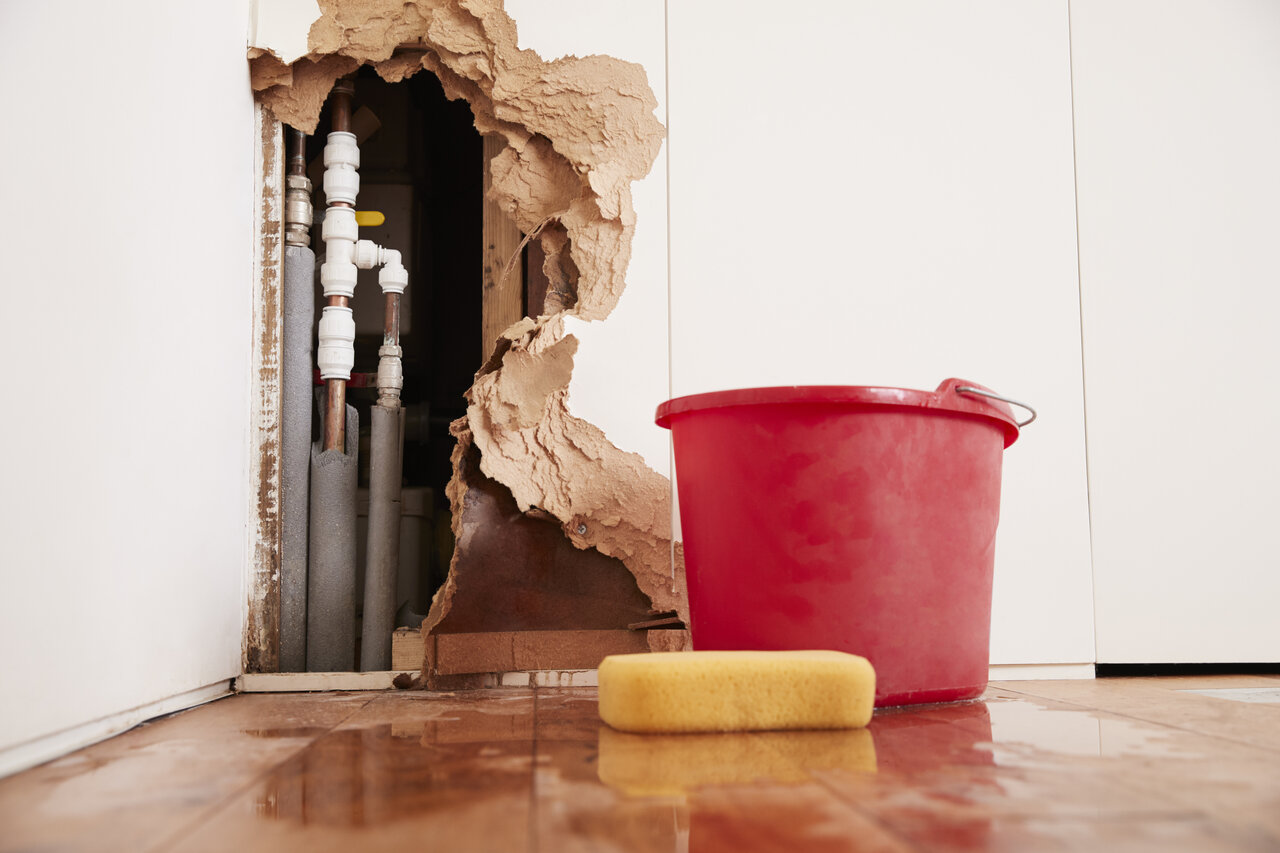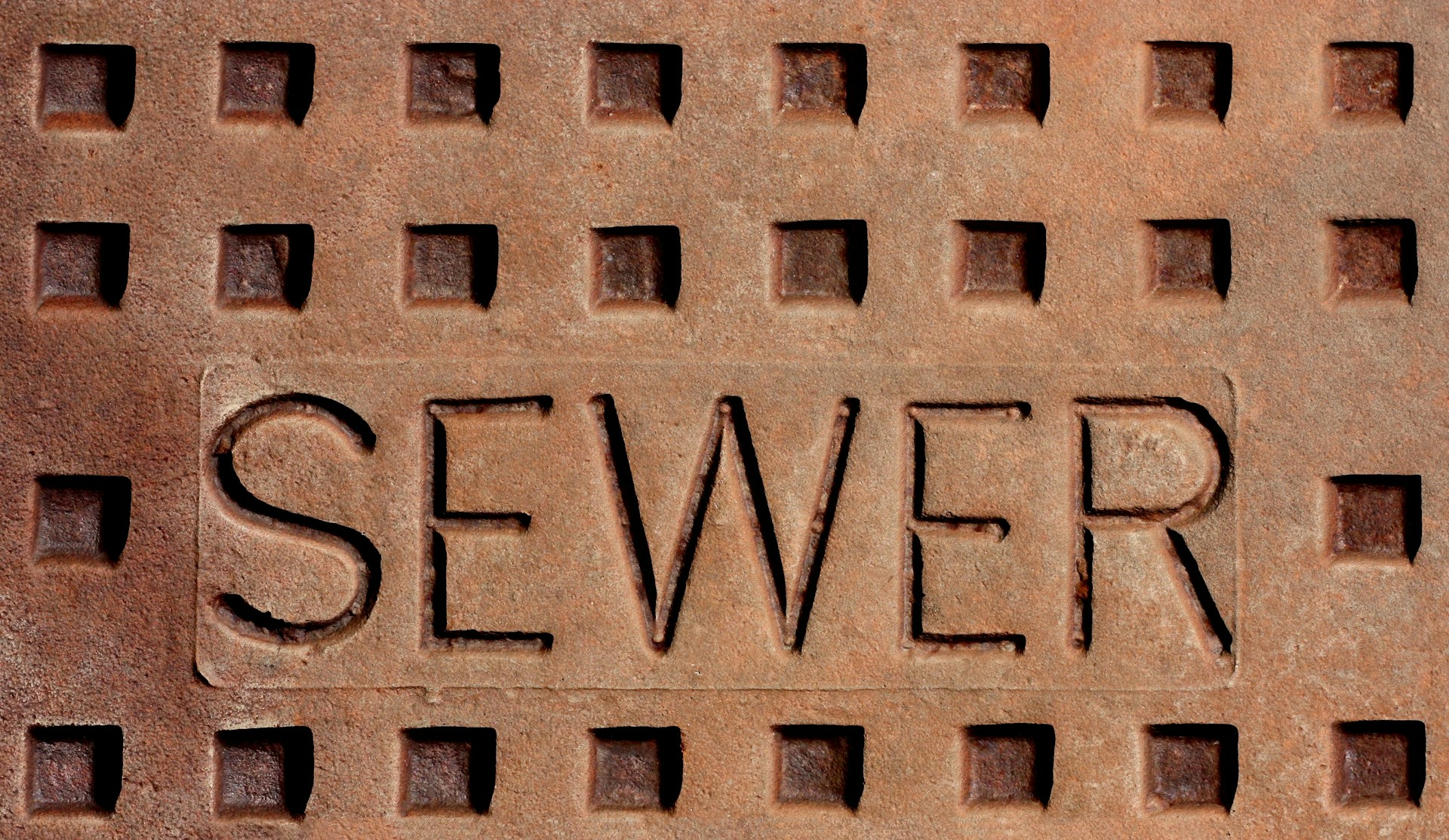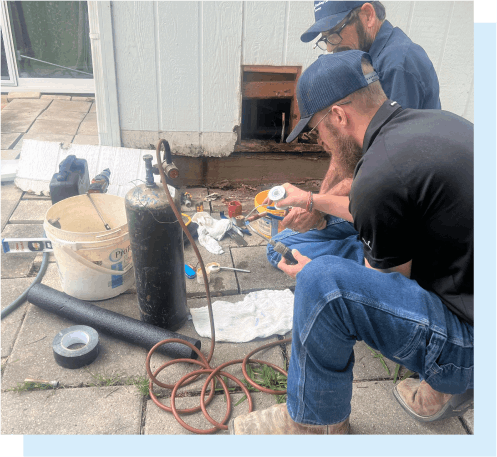Sewer lines do a lot of unseen work for your home, quietly moving wastewater out and away to protect both your home and your health. Most of the time, we don’t think about them unless something starts acting up. But if these lines get damaged or clogged, things can go from messy to majorly stressful fast. That’s why keeping an eye out for early warning signs is one of the smartest things a homeowner can do.
In a place like San Antonio, where the ground expands and contracts with the seasons and tree growth is steady year-round, sewer line issues are more common than you might think. From unexpected lawn changes to strange sounds behind your walls, small signs can signal bigger trouble underground. Spotting problems early and acting quickly might mean the difference between a quick fix and a full-blown replacement.
Unpleasant Odors That Linger
One of the first signs something’s wrong with your sewer line is a strong smell that won’t go away. That rotten egg or foul drain odor isn’t just annoying, it’s a red flag. These smells can come from gases that normally stay sealed inside your plumbing system. If they make their way into your home, that might mean there’s a crack, clog, or loose connection somewhere in the line.
In some cases, the smell stays near one area, like a bathroom or kitchen. Other times, it seems to drift through vents or linger in the hallway. Often, it’s worse when the air is humid or after running a load of laundry. That’s because added pressure in the pipes can force gases out of problem spots faster.
These odors might be the result of:
1. A partial blockage slowing wastewater flow
2. A damaged vent pipe that’s letting sewer gases escape
3. A leak in the main sewer line underneath your home
Even if the smell fades after a while, don’t ignore it. Persistent or recurring odors usually mean the source hasn’t been addressed. A professional inspection can help find and fix the problem before it gets worse.
Slow Drains in Multiple Spots
If your sinks, tubs, or toilets seem to take forever to drain, that’s usually more than just normal buildup from soap or hair. When slow drainage happens all over the house, chances are the issue is deeper underground.
In San Antonio, tree roots are one of the biggest culprits. Roots from mature trees love moisture and warmth, and they’ll find even the smallest crack in a sewer pipe to sneak into. Once inside, they grow quickly, forming a tangled net that catches everything from grease to toilet paper. Other times, the clog might be a mix of debris, buildup, or grease blocking the line from the inside out.
Addressing this early is important. Here’s what to watch out for:
– Water backing up in one fixture when you use another
– Gurgling from drains when the toilet is flushed
– Smelly water that comes up instead of going down
Waiting too long can cause wastewater to back up into your home, which brings even more damage and cleanup headaches. A minor slow-down today could be the start of a full blockage if left unchecked.
Unusual Noises Coming From Pipes
Hearing strange sounds from your pipes doesn’t always mean something’s about to break, but it shouldn’t be brushed off either. Gurgling, bubbling, or even whooshing noises after flushing or draining can point to problems in your sewer line. These sounds often happen when air gets trapped behind a clog or when water has to push past a blockage.
You might notice the noises are louder in one part of the house, especially near lower-level bathrooms or older plumbing fixtures. Sometimes it sounds like the drain is struggling or gasping for air. That’s a sign the line isn’t venting properly or that water isn’t flowing like it should.
While a single gurgle here or there isn’t always serious, repeated noises that follow every flush or drain cycle are worth checking out. The longer a blockage or backup sits in the line, the more likely it is to cause leaks, cracks, or pressure problems elsewhere.
Lawn Changes That Don’t Match the Weather
A healthy lawn is great, but if certain parts of your yard are surprisingly green, or if soggy spots start showing up even without rain, your sewer line may be leaking underground. These leaks can slowly release moisture and nutrients into the soil, which makes grass grow faster or stand out in patches.
You might also notice:
– Mushy ground or pooling water near your foundation
– Unexplained indentations or dips in the lawn
– A foul smell outside, especially after a few sunny days
These types of changes don’t always mean a plumbing issue, but when paired with slow drains or odors inside, they’re a strong clue. Left alone, leaks can damage not just your yard, but also create problems near your home’s foundation or lead to pest problems.
Early detection helps prevent costly repairs and keeps your property safe. It’s worth having a professional check out uneven growth or soggy soil right away.
Unexplained Increases in Water Bills
When your water usage habits haven’t changed but your monthly bill suddenly jumps, it’s worth looking beyond faucets and fixtures. A hidden leak in your sewer line can drive up water costs without any visible sign inside the house. This kind of leak doesn’t show up as a dripping tap or a running toilet, which makes it harder to catch right away.
In San Antonio, where shifts in soil and temperature can stress underground pipes, these hidden leaks happen more often than some expect. Older homes especially may be more susceptible, but newer homes aren’t immune either. Tree roots, shifting ground, or corroded joints can create small breaches that waste water and lead to structural damage over time.
Keep an eye out for these related clues:
– Damp spots around your yard, even during dry weeks
– Sounds of running water when nothing is in use
– A musty smell inside the home, particularly near walls or floors
If your water bill spikes without a clear reason and presses higher each month, it’s better to look into it sooner rather than later. A sewer line evaluation might uncover something that’s been quietly draining resources under your feet.
When Small Problems Lead to Big Trouble
Sewer issues can start out small—a mild smell, slow drain, or slight dip in the yard—before quickly growing into something harder to manage. These minor symptoms are often ignored until the damage becomes widespread or starts impacting a family’s day-to-day comfort. By then, repairs can become more invasive, expensive, and time-consuming.
Sewer line damage happens beneath the surface, slowly and quietly. But you’re not helpless. Watching for red flags like unusual lawn spots, strange noises, or unexpected spikes in water bills gives you the upper hand before problems grow out of control.
Being proactive is always better than reacting when it’s too late. If you’re in San Antonio and have noticed one or more of the warning signs covered above, calling in professionals is the safest bet. A thorough inspection can pinpoint the cause and keep further damage from spreading. When it comes to sewer lines, early awareness saves time, money, and plenty of stress.
If you’re noticing signs of trouble with your sewer line, don’t wait for the problem to worsen. Our team at George Plumbing Co., Inc. is ready to help diagnose and resolve any sewer line issues. For reliable and professional sewer line repair in San Antonio, reach out to us today and ensure your home remains safe and efficient.





